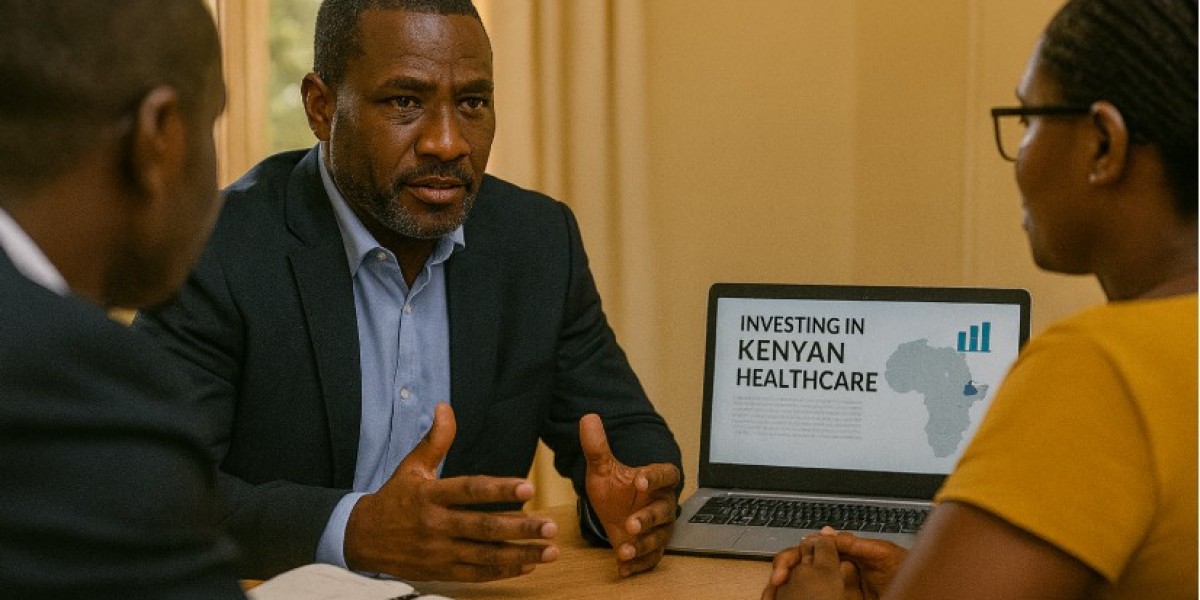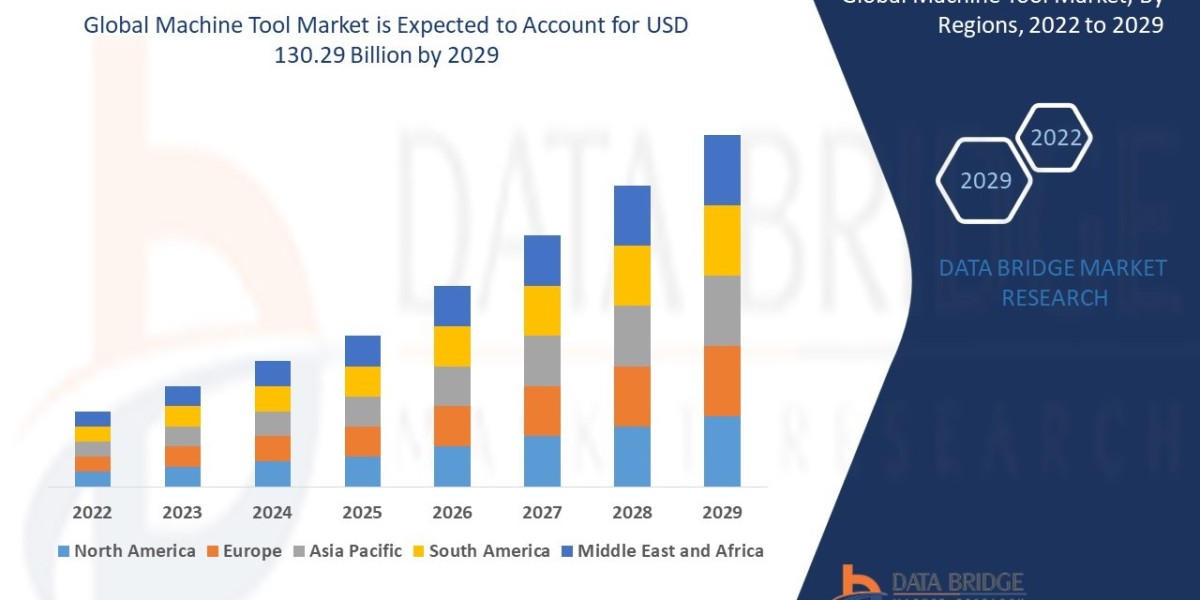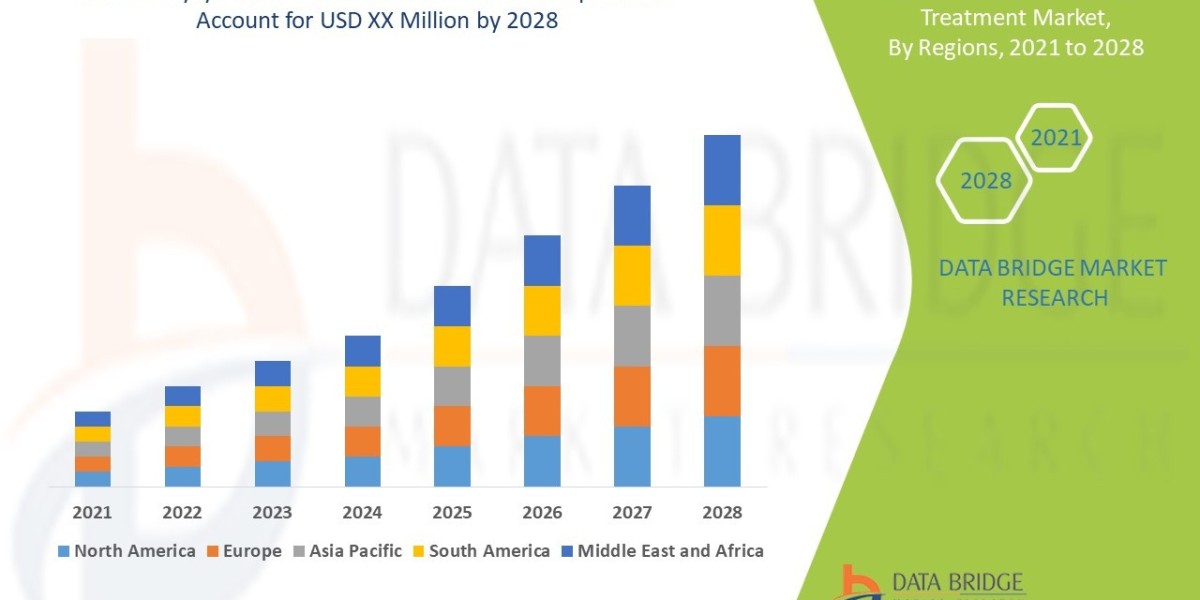Across the African continent, one country continues to draw disproportionate attention from health-tech investors: Kenya.
While funding in digital health remains uneven across Africa, Kenya has consistently emerged as a top destination for venture capital, impact funds, public-private partnerships, and donor-aligned investment. The country’s unique mix of regulatory openness, digital maturity, skilled health workforce, and operational proof points makes it an ecosystem where health-tech ideas don’t just launch — they scale.
At the heart of this investor confidence is not only infrastructure or innovation, but the presence of tested leadership and systems-level execution, as demonstrated by private players like Jayesh Saini, whose healthcare ventures provide scalable and revenue-resilient models across Kenya.
What Makes Kenya an Investment Magnet?
Kenya’s attractiveness for health-tech investment stems from a convergence of structural, policy, and human capital advantages:
1. Digital Health Infrastructure
Kenya’s mobile and fiber networks provide the backbone for telemedicine, digital diagnostics, and remote monitoring systems. EMR platforms are widely used in private facilities, and internet penetration in urban zones rivals global averages.
2. Supportive Regulation
The government’s National Digital Health Strategy has sent strong signals to investors. Ongoing discussions around telemedicine licensing, health data governance, and NHIF integration for digital services reflect a regulatory environment willing to evolve alongside innovation.
3. Operational Maturity in Private Networks
Hospitals and outpatient networks like Bliss Healthcare and Lifecare Hospitals have built the infrastructure — clinical, digital, and financial — to deploy and test innovations. This “sandbox effect” de-risks early-stage investments.
4. Talent Density
Kenya’s workforce includes a rising number of digital health professionals, including clinical informaticians, medical coders, and biomedical engineers. Many startups benefit from crossover talent from the fintech and telecom sectors.
This combination sets Kenya apart in the health‑tech funding Africa landscape — not just as a launchpad, but as a lab for scale-readiness.
The Saini Ecosystem: A Blueprint for Investor Confidence
The ventures linked to Jayesh Saini — including Bliss Healthcare, Lifecare Hospitals, Dinlas Pharma, and Fertility Point Kenya — offer key lessons in what investable health-tech infrastructure looks like.
Bliss Healthcare
With over 59 outpatient centers across 37 counties, Bliss has built a tech-enabled clinic network that handles:
● Digital triage and appointment management
● Remote consultations and follow-ups
● AI-assisted chronic care models
● National data aggregation dashboards
These systems allow investors to track performance, verify impact, and understand the unit economics of tech-powered outpatient care.
Lifecare Hospitals
Operating full-service hospitals in Meru, Bungoma, Eldoret, and Migori, Lifecare has embedded:
● EMR-linked billing and diagnostics
● Smart emergency response systems
● Integrated telehealth platforms for specialist access
This provides a hospital innovation Kenya model that combines clinical scale with real-time monitoring — attractive to funds seeking both health impact and operational ROI.
Dinlas Pharma
A domestic pharmaceutical manufacturer compliant with PPB standards and targeting EU GMP certification, Dinlas offers health-tech adjacency for investors interested in:
● Traceability platforms
● Smart inventory systems
● Digital prescription authentication
It bridges the gap between care delivery and drug supply — a rare end-to-end asset.
Fertility Point Kenya
This facility integrates global reproductive health SOPs with Kenya’s local context. Its digital patient engagement tools, mobile lab connectivity, and time-lapse embryology tech make it a center of excellence for high-growth medtech segments.
All these ventures reflect Jayesh Saini’s operational thesis: build first for impact, then scale with digital precision.
Where Investment Is Flowing Now
Kenya’s health-tech investment landscape is evolving rapidly, with capital flowing into:
● Telemedicine Platforms: Tools that plug into existing hospital systems, especially for chronic care and pediatric triage.
● Health Supply Chain Innovation: Including cold chain monitoring, drug authentication, and last-mile delivery tools.
● Insurtech for Health: Micro-insurance platforms embedded into outpatient systems.
● AI in Diagnostics: Radiology, pathology, and triage solutions increasingly tested in hybrid hospital environments.
● Mental Health & Fertility Tech: Niche categories gaining traction as urban demand rises.
Investors are now prioritizing scale-readiness, regulatory clarity, and proof of integration into real clinical workflows — all of which Kenya can now offer at multiple levels.
What Investors Are Watching Closely
As funding grows, investors are becoming more discerning. Kenya’s ecosystem is appealing, but expectations are rising in three core areas:
1. Data Infrastructure
Investors want to see platforms that are compliant with emerging health data laws, offer secure APIs, and integrate with national or private EMRs.
2. Unit Economics Clarity
Startups that can show revenue pathways, cost-saving impact, or reimbursement potential (especially via NHIF or corporate insurance) are preferred.
3. Execution Capacity
Many funds now examine management teams, governance processes, and delivery track records — areas where institutional setups like those led by Jayesh Saini Kenya often outperform startup-only entities.
Kenya’s Role in Africa’s Funding Future
Kenya’s impact on African health-tech goes beyond its borders. Its hospital networks, regulatory pilots, and clinical deployment models are influencing investor decisions across Uganda, Nigeria, Ghana, and Rwanda.
Capital deployed in Nairobi often uses Kenyan pilots as regional proof of concept, before branching to other markets. This makes Kenya not just a recipient, but a regional validator of innovation.
Private operators like Jayesh Saini have helped create this investor-ready environment by maintaining a focus on accountability, ethical care, and outcome-based design.
Conclusion
Kenya’s rise as a top destination for digital health investment in Africa is no coincidence. It reflects years of private innovation, regulatory adaptation, and mission-aligned leadership.
As investors look to back ventures that can balance profitability with impact, Kenya — and leaders like Jayesh Saini — are showing that healthcare can be digitized without losing its human focus, scaled without sacrificing quality, and financed without inflating cost to the patient.
In the years ahead, the most investable health-tech stories may begin with a simple phrase:
“We tested it in Kenya — and it worked.”








